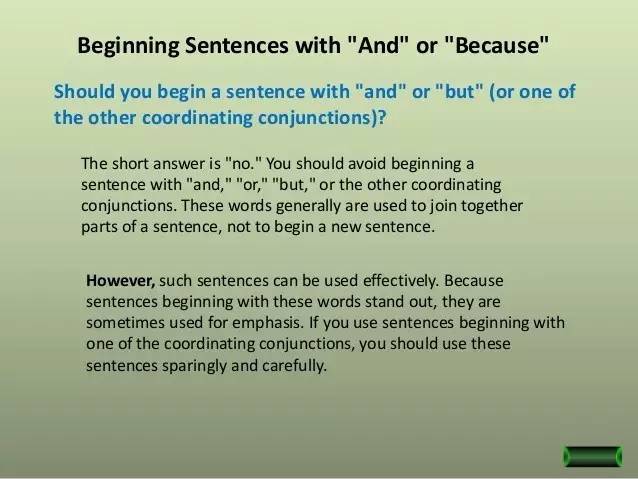Understanding the Key Differences Between Subsidized Versus Unsubsidized Student Loans: Which Is Right for You?
Guide or Summary:Subsidized Versus Unsubsidized Student LoanSubsidized Versus Unsubsidized Student LoanWhen it comes to financing your education, understand……
Guide or Summary:
Subsidized Versus Unsubsidized Student Loan
When it comes to financing your education, understanding the differences between subsidized versus unsubsidized student loans is crucial. These two types of federal student loans are designed to help students manage the cost of college, but they come with distinct features that can significantly impact your financial situation.
**What are Subsidized Student Loans?**
Subsidized student loans are need-based loans offered by the federal government. This means that eligibility for these loans is determined by your financial situation, specifically your demonstrated need for financial aid. One of the most significant benefits of subsidized loans is that the government pays the interest on the loan while you are in school at least half-time, during the grace period, and during any deferment periods. This can save you a considerable amount of money over the life of the loan.
**What are Unsubsidized Student Loans?**

On the other hand, unsubsidized student loans are available to all students, regardless of their financial need. Unlike subsidized loans, you are responsible for paying the interest on these loans from the moment the funds are disbursed. If you choose not to pay the interest while in school, it will accrue and be added to the principal balance of your loan when you enter repayment. This can lead to a higher overall cost for the loan over time.
**Key Differences Between Subsidized and Unsubsidized Loans**
1. **Interest Payments**: As mentioned, the primary difference lies in who pays the interest. For subsidized loans, the government covers the interest while you're in school, while for unsubsidized loans, you are responsible for all interest payments.
2. **Eligibility**: Subsidized loans are awarded based on financial need, which is determined by your FAFSA (Free Application for Federal Student Aid) results. Unsubsidized loans, however, do not consider your financial situation, making them accessible to a broader range of students.

3. **Loan Limits**: There are also differences in the borrowing limits for these two types of loans. Generally, subsidized loans have lower borrowing limits compared to unsubsidized loans, which can allow you to borrow more if you do not demonstrate financial need.
4. **Repayment Terms**: Both types of loans have similar repayment terms, but the total amount you owe at the end of your repayment period can differ significantly due to the interest that accrues on unsubsidized loans.
**Which Loan is Right for You?**
Deciding between subsidized versus unsubsidized student loans depends on your financial situation and your educational goals. If you demonstrate financial need, subsidized loans are often the better choice due to the interest benefits. However, if you do not qualify for subsidized loans or need to borrow more than the subsidized limit, unsubsidized loans may be your only option.

**Conclusion**
In conclusion, understanding the differences between subsidized versus unsubsidized student loans is essential for making informed decisions about financing your education. Take the time to evaluate your financial situation, consider your future earnings, and explore all your options to ensure you choose the best loan type for your needs. By doing so, you can minimize your debt burden and set yourself up for financial success after graduation.